- Have any questions?
- +86-189 8930 5995
- sales@mosinterchem.com.cn
Trehalose CAS 99-20-7

Dehydroepiandrosterone CAS 53-43-0
17/12/2018
Resveratrol CAS 501-36-0
17/12/2018| Model: | MOS 99-20-7 |
| Brand Name: | MOSINTER |
| CAS No.: | 99-20-7 |
| Purity: | 98% |
| Appearance: | White powder |
| Purity %≥: | 98 |
| Melting ℃≥: | 214-216℃ |
| Molecular formula: | C12H22O11 |
| Boiling point: | 675.4°C at 760 mmHg |
| Flash point: | 362.3°C |
| Density: | 1.76g/cm3 |
| Vapour Pressur: | 3.87E-21mmHg at 25°C |
Trehalose (CAS: 99-20-7)
| product Name | D-Trehalose anhydrous |
| Synonyms | Trehalose,98%; alpha-D-Trehalose; alpha-D-glucopyranosyl alpha-D-glucopyranoside; Trehalose |
| Molecular Formula | C12H22O11 |
| Molecular Weight | 342.2965 |
| InChI | InChI=1/C12H22O11/c13-1-3-5(15)7(17)9(19)11(21-3)23-12-10(20)8(18)6(16)4(2-14)22-12/h3-20H,1-2H2/t3-,4-,5-,6-,7+,8+,9-,10-,11-,12-/m1/s1 |
| CAS Registry Number | 99-20-7 |
| EINECS | 202-739-6 |
| Density | 1.76g/cm3 |
| Melting point | 214-216℃ |
| Boiling point | 675.4°C at 760 mmHg |
| Refractive index | 1.652 |
| Flash point | 362.3°C |
| Vapour Pressur | 3.87E-21mmHg at 25°C |
Trehalose, also known as mycose or tremalose, is a natural alpha-linked disaccharide formed by an
α,α-1,1-glucoside bond between two α-glucose units. In 1832, H.A.L. Wiggers discovered trehalose
in an ergot of rye, and in 1859 Marcellin Berthelot isolated it from trehala manna, a substance made
by weevils, and named it trehalose.It can be synthesised by bacteria, fungi, plants, and invertebrate
animals. It is implicated in anhydrobiosis — the ability of plants and animals to withstand prolonged
periods of desiccation. It has high water retention capabilities, and is used in food and cosmetics. The
sugar is thought to form a gel phase as cells dehydrate, which prevents disruption of internal cell
organelles, by effectively splinting them in position. Rehydration then allows normal cellular activity
to be resumed without the major, lethal damage that would normally follow a dehydration/rehydration
cycle. Trehalose has the added advantage of being an antioxidant.
Extracting trehalose was once a difficult and costly process, but circa the year 2000, the Hayashibara
company (Okayama, Japan) confirmed an inexpensive extraction technology from starch for mass production.
Trehalose is currently being used for a broad spectrum of applications.
Structure
Trehalose is a disaccharide formed by a 1,1-glucoside bond between two α-glucose units. Because
trehalose is formed by the bonding of two reducing aldehyde groups, it has no capacity to participate
in the Maillard reaction. There is an industrial process where trehalose is derived from corn starch.
There are at least 3 biological pathways for trehalose biosynthesis.
Chemical properties
Trehalose is a nonreducing sugar formed from two glucose units joined by a 1-1 alpha bond, giving it
the name of α-D-glucopyranosyl-(1→1)-α-D-glucopyranoside. The bonding makes trehalose very
resistant to acid hydrolysis, and therefore is stable in solution at high temperatures, even under acidic
conditions. The bonding also keeps nonreducing sugars in closed-ring form, such that the aldehyde or
ketone end groups do not bind to the lysine or arginine residues of proteins (a process called glycation).
Trehalose is less soluble than sucrose, except at high temperatures (>80 °C). Trehalose forms a rhomboid
crystal as the dihydrate, and has 90% of the calorific content of sucrose in that form. Anhydrous forms of
trehalose readily regain moisture to form the dihydrate. Anhydrous forms of trehalose can show
interesting physical properties when heat-treated.
You must be logged in to post a review.

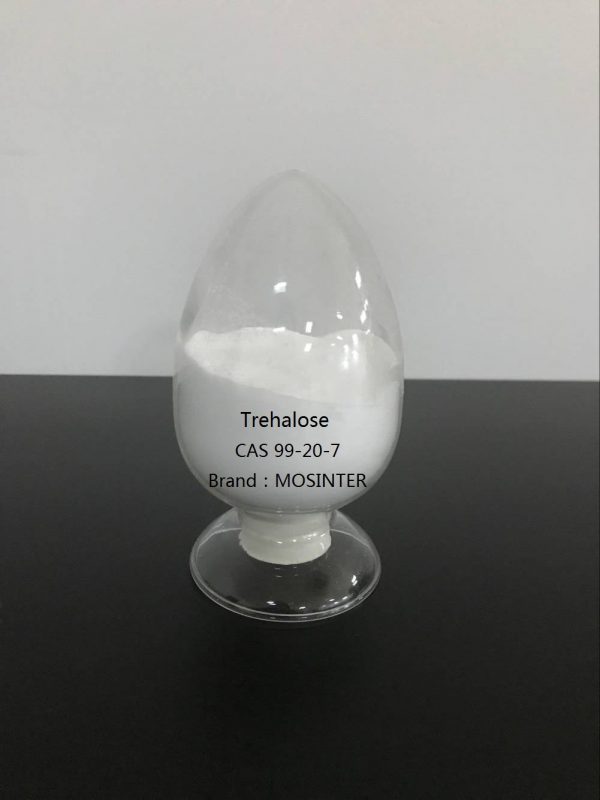
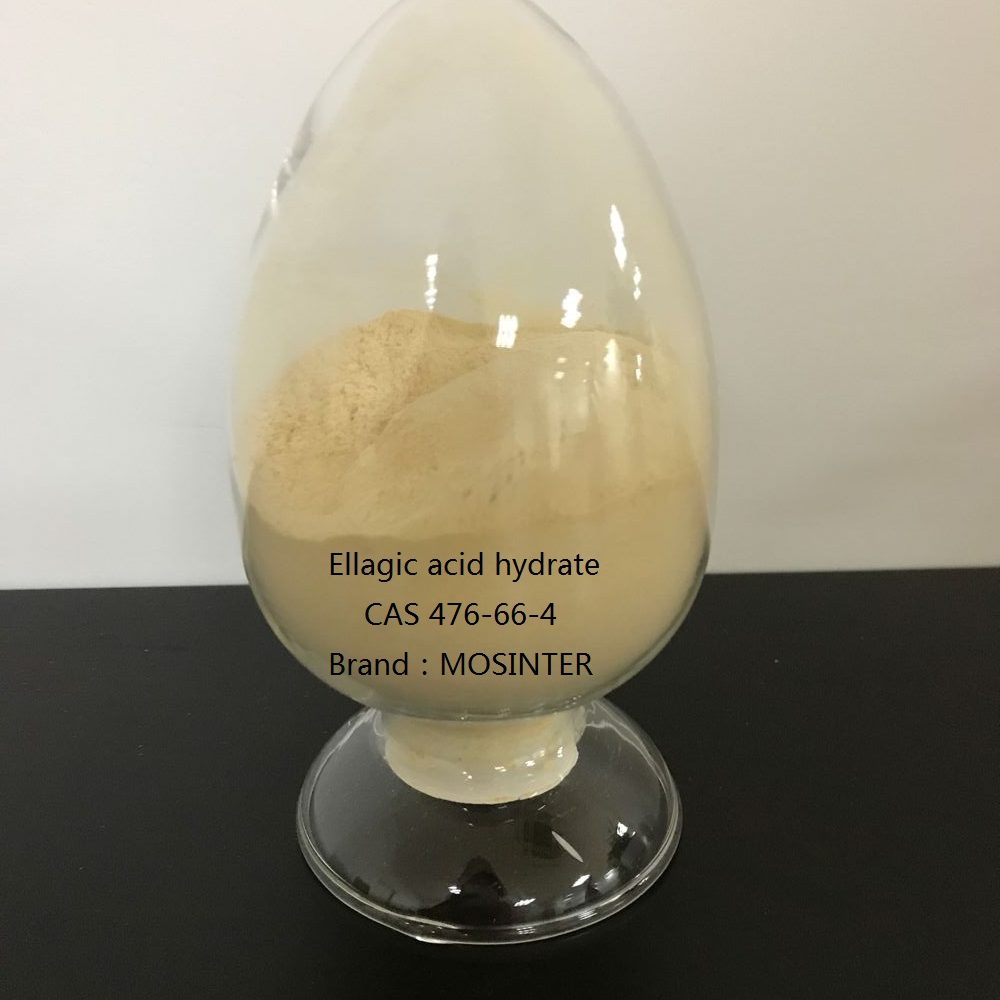
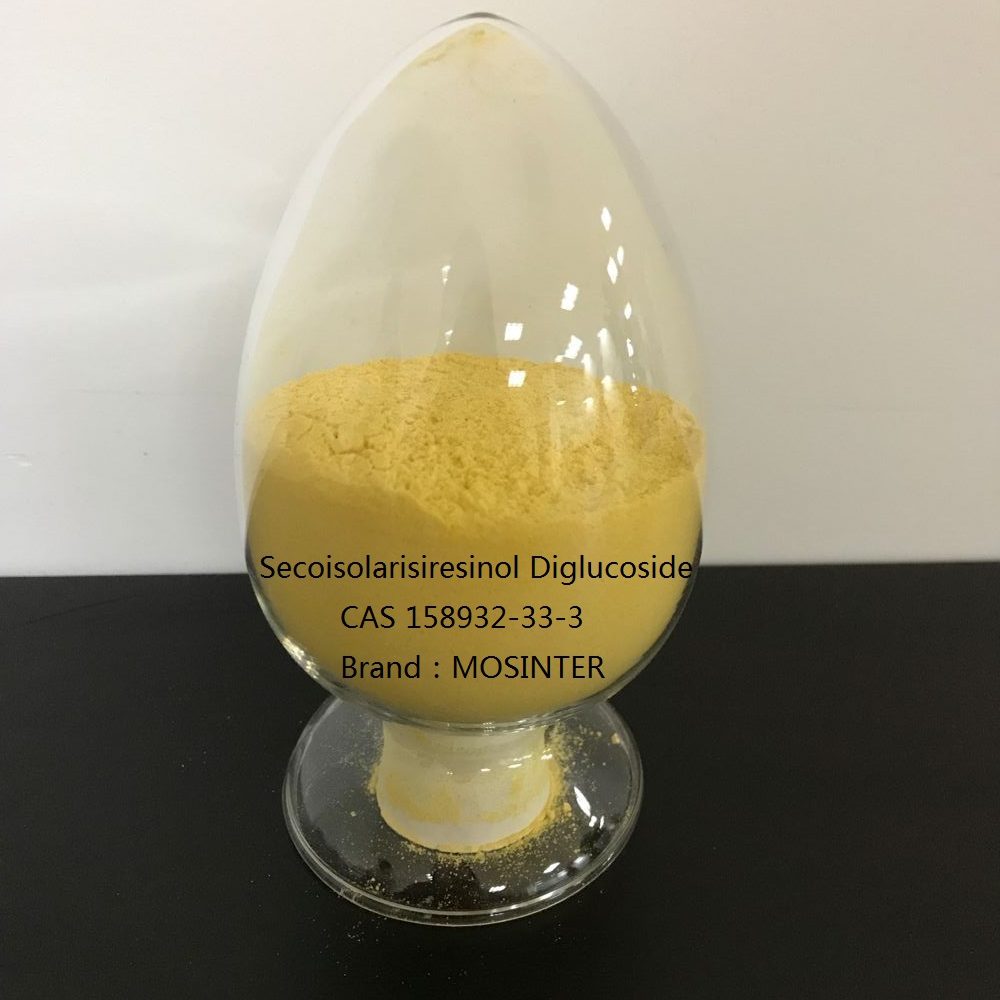
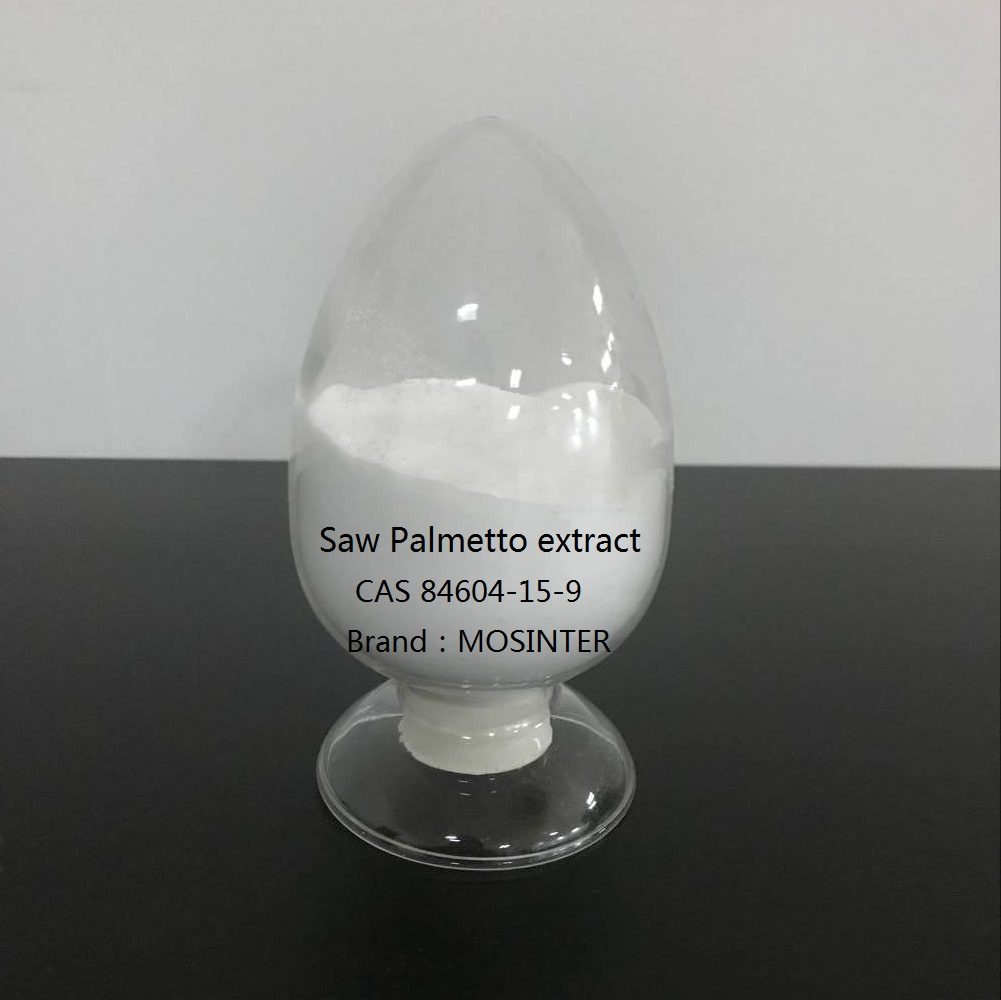
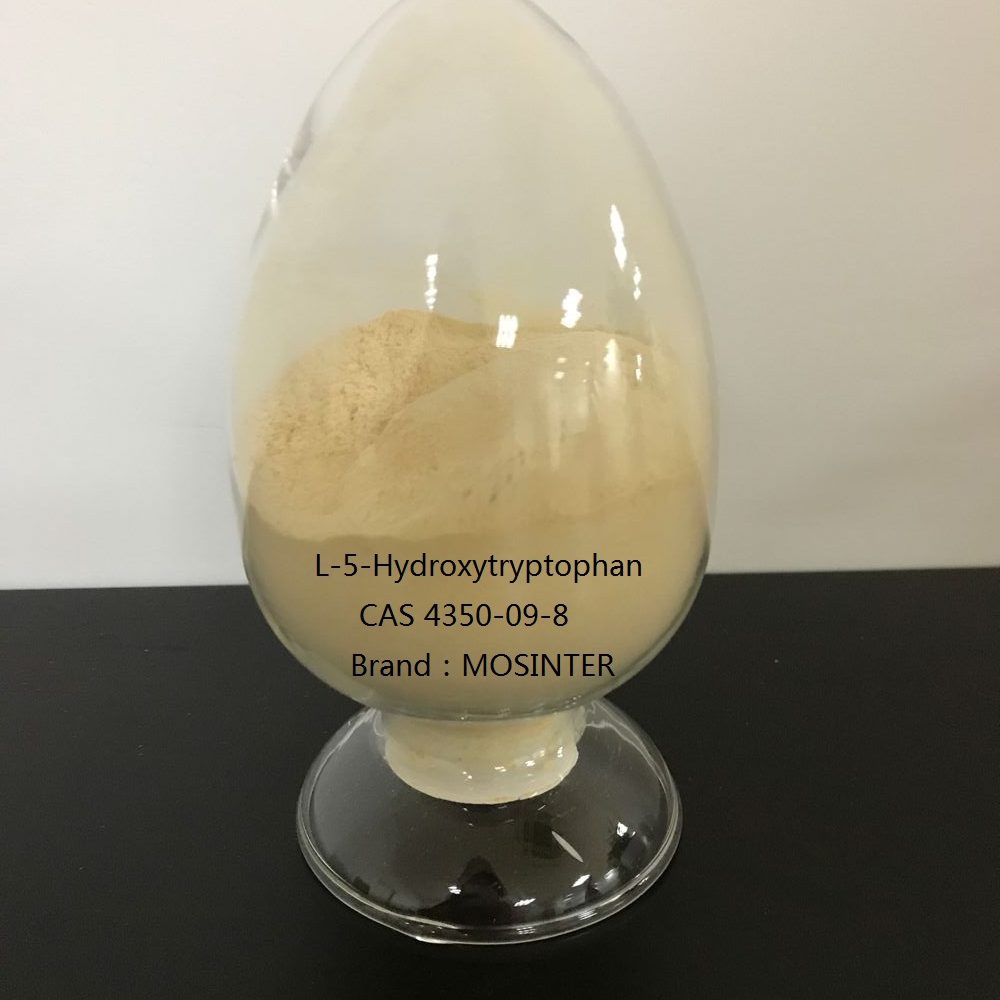
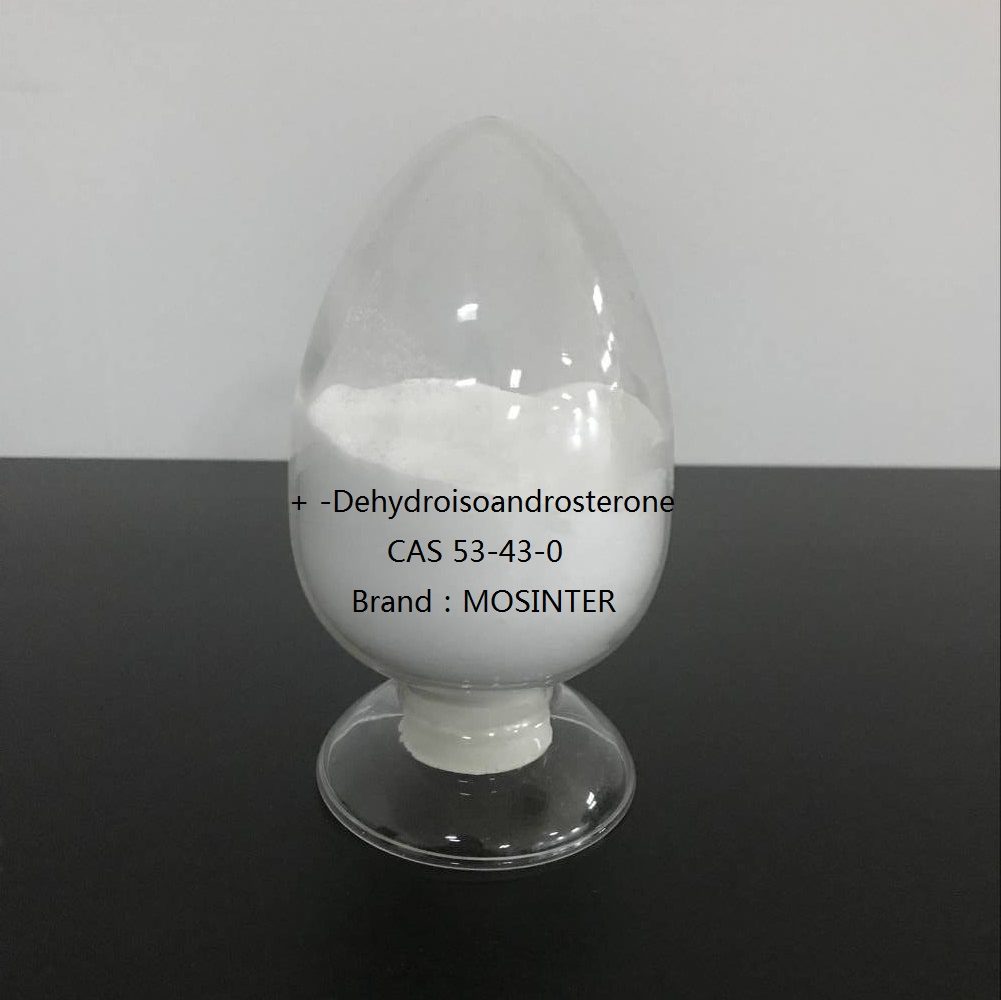
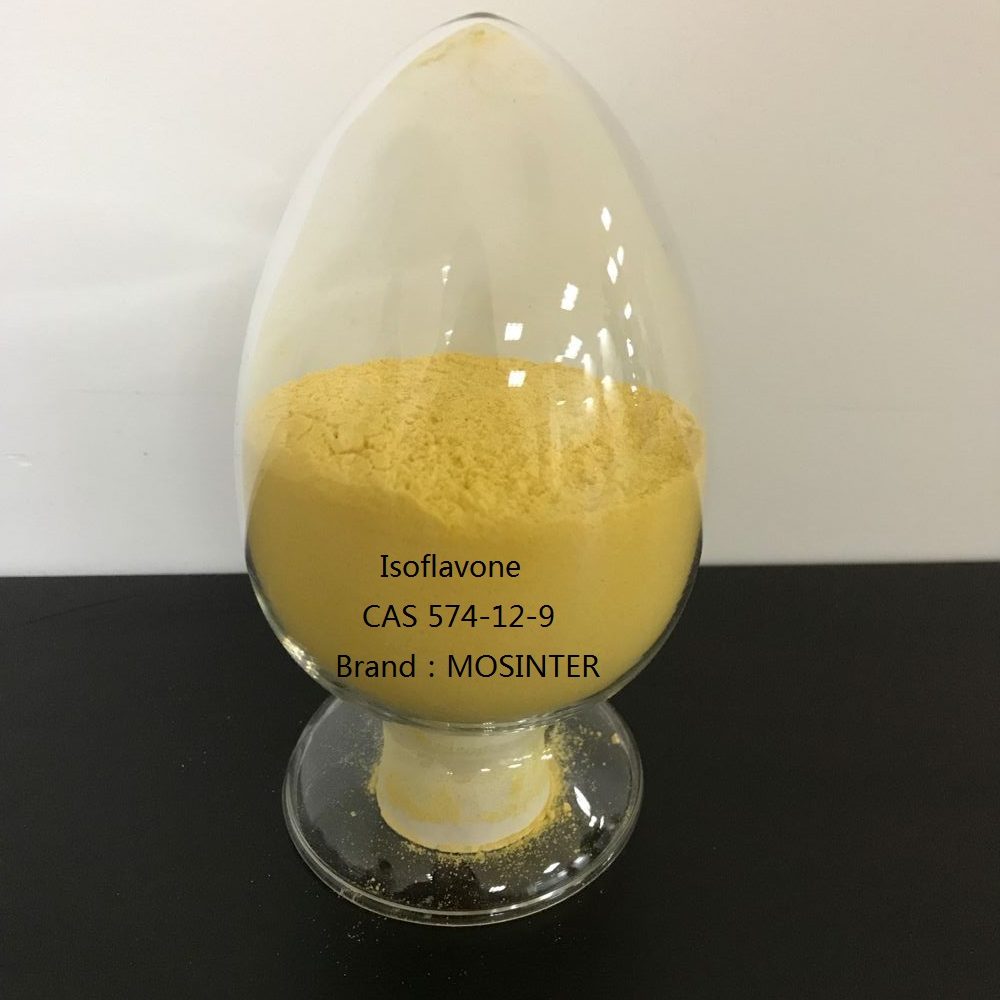
Reviews
There are no reviews yet.